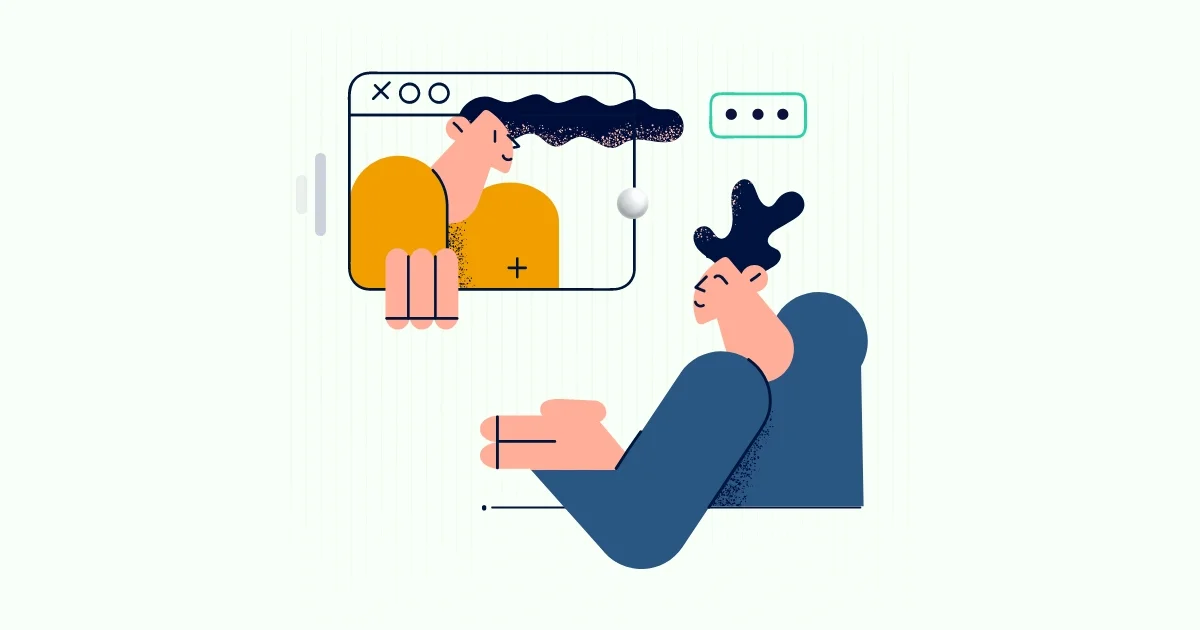Now that quality customer experiences are one of the leading key factors consumers consider before making a purchase, improving customer service has become a high priority for many organizations. However, you might be surprised to learn that the key to providing quality customer experiences is to improve your employee’s product knowledge skills. One of the top customer service complaints is that employees did not know enough to help them with their queries.
Product knowledge is an important component of providing quality service. If your employees can go beyond memorizing the features and benefits of your offerings and help customers find how your products provide solutions to their struggles your customer satisfaction rates will greatly improve.
This can be learned from an effective product knowledge training program. For your product training program to be effective, you must select the right methodology. To help you better understand how this works we have explained the details in this article.
Identifying Knowledge Gaps and Barriers to Training
Designing an effective product knowledge training program begins with measuring the current knowledge and performance gaps. This can be done by looking at customer feedback and employee performance reviews. You can also conduct a survey or ask employees and their supervisors for additional feedback. Gathering this information will help you gain a better understanding of what your sales teams current knowledge base is and what they still need to learn.
It is also important to consider what barriers there may be to training. Your sales reps may have busy schedules or could be struggling with long term knowledge retention. Maybe you already have a product training program, but it is missing new information and needs an update. Taking note of any barriers that could keep employees from being successful with improve your training and development program.
These two steps are essential to identifying the best methods you can use to create a custom training program that delivers powerful learning experiences. They can also help you better define your training goals.
Utilizing a Blended Learning Strategy
After you identify gaps, barriers and define your training goals, you can use what you have learned to create a blended strategy. This strategy will help you create learning activities and different kinds of training sessions to deliver a comprehensive and effective learning experience that will bridge the identified gaps in knowledge.
It is important to use multiple training methods to support learners. Layering training creates a culture of continuous learning and significantly improves knowledge retention.
The 70:20:10 framework is often used to create blended corporate training programs. This is where 70% of training activities are experiential, 20% are social and the remaining 10% is focused on formal training methods. This is something o consider when you are selecting different content types.
Popular Training Methods to Consider
There is a wide range of content types and delivery methods to choose from and they each provide different benefits, but these 3 methods are highly effective when it comes to product knowledge training.
• Micro-learning
This training method is both popular and highly effective due to its short focused nature. Micro-learning content focuses on a single topic or in this case product. Each piece of content should take only minutes to complete. This form of training can easily fit into the busy schedules of your sales teams. It is also versatile and can be customized to deliver engaging experiences. Micro-learning can include short videos, simulations and animations to build context and draw learners in.
• Just-in-time training materials
These can come in the form of interactive PDFS, print outs, posters, or quick 2 minute videos that can be accessed from a mobile device. These are additional training materials that support learners in their time of need. They can access these materials on the job and use them without having to retake an entire course or disrupt their workflow.
• Learning library
Many organizations have begun to create libraries of content their employees can use to create their own personalized learning journey. The current workforce is incredibly diverse. Employee may have different knowledge levels, years of experience or may need to learn about something specific. Providing a learning library of content allows them choose which content is most relevant to them and their needs. This is especially useful for organizations who have a wide range of products or services. This will help employees learn what they need to know quickly.
In Conclusion
Improving the quality of service your organization provides has many benefits including increased revenue and an improved brand reputation. Providing your employees with product knowledge training will give your organization a competitive edge and help you level up your customer service game, but it all starts with selecting the right training and delivery methods.



